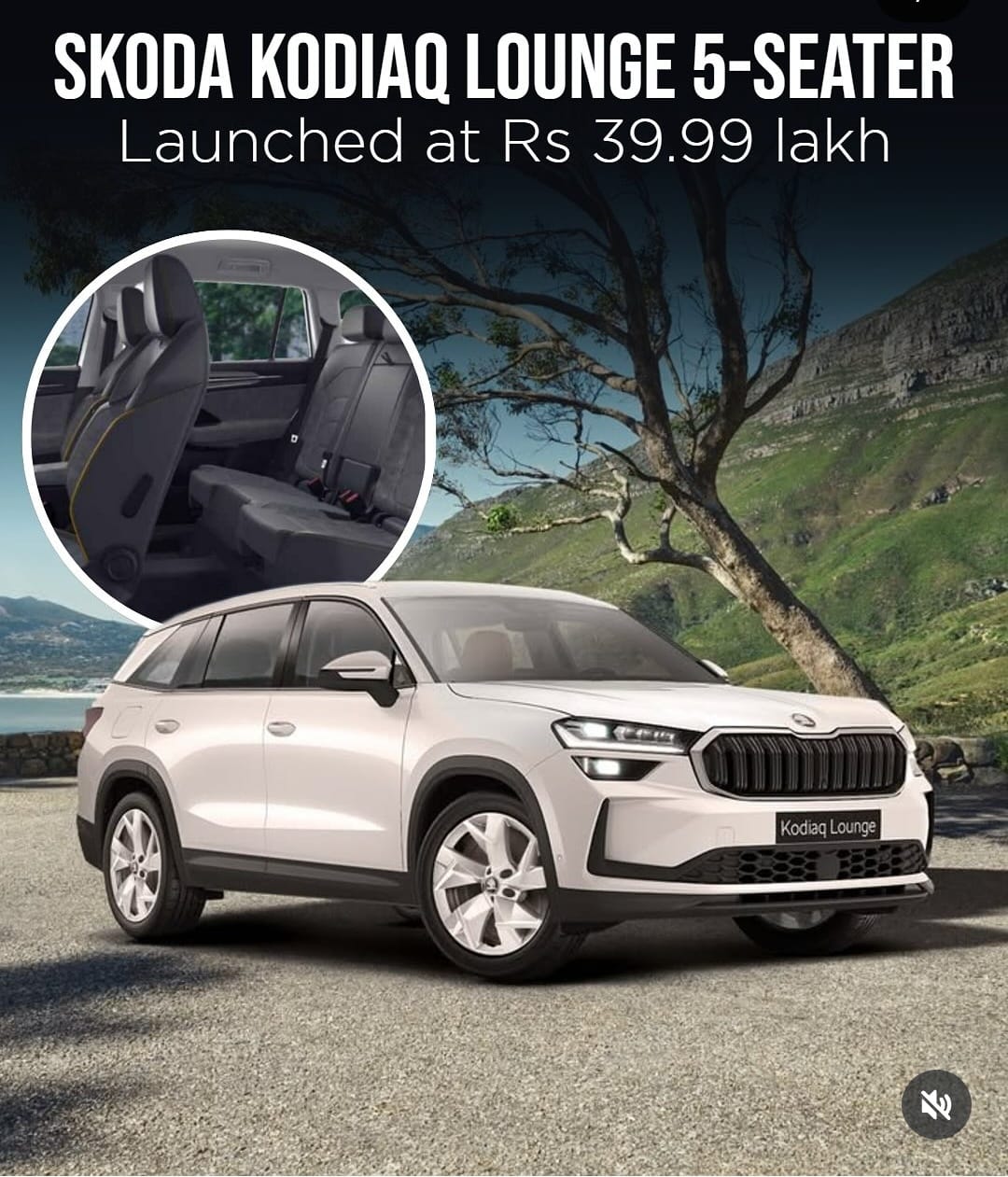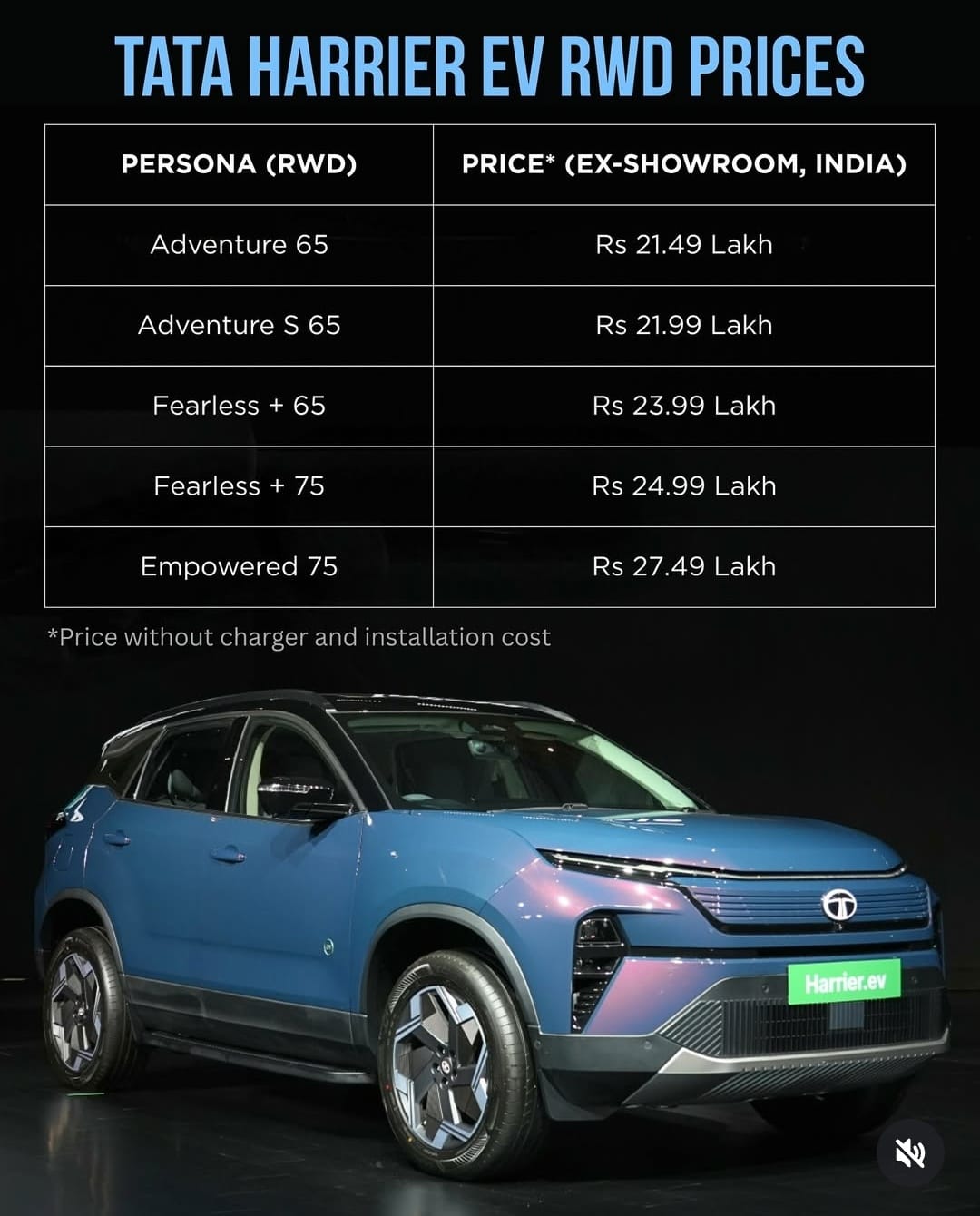

This is the Profile tab content.

Customers need dependable pre-owned cars of high quality and inexpensive prices. Do you want to find optimal car pricing through a simple selling process or are you interested in purchasing? Chakra stands as the definitive endpoint for persons who wish to engage in used car for buying and selling because it ensures total transparency throughout the process. Through our platform, at Chakra we facilitate a flawless secure rewarding experience that connects buyers with sellers for car ownership. Our diverse collection of certified second-hand cars includes price options from budget-friendly cars to exclusive pre-owned luxury cars that match any need regardless of budget.

Dreaming of driving a luxury car but worried about the price? Chakra offers a premium lineup of used luxury cars, all certified for quality and priced lower than new models. Enjoy luxury and peace of mind with verified ownership documentation and thorough inspections.
Drive premium vehicles with a cost-effective edge. Experience luxury combined with unmatched value.
Buy cars through our easy-to-use website, book test drives, and get financing help to complete your purchase.
Start by submitting your vehicle details online or visiting us for a free evaluation. Connect with verified buyers and complete the sale with our team handling all paperwork.
Chakra revolutionizes how you buy and sell used vehicles. We ensure transparency, quality, and smooth transactions for all users.
Why wait? Chakra is your one-stop destination to buy affordable cars, luxury models, and get the best value selling your vehicle.
"I was nervous about buying a used car, but Chakra made it so easy and trustworthy! I found my perfect car at the best price—hassle-free and super quick!"
"Selling my car on Chakra was a breeze. Got a great deal and fast pickup! Highly recommend it if you want to sell without the stress!"
"I recently purchased a used car from this website, and I couldn't be happier with the service I received. The platform is easy to navigate, and I found a great selection of well-maintained vehicles. The car I bought was in excellent condition, just as described, and the pricing was very reasonable."


















